I was called back.
In March I was given the opportunity to photograph the images for a new Auckland restaurant called White & Wongs (as well as newly opened Burger Boy, and Sardine bar, all in the same block). It went rather well as you can see in the previous blog entry on the subject, and the audience’s response to the imagery has been nothing but great. Good news all around and I’m a big fan of providing mileage from a photo shoot, like all those seemingly random detail shots of silverware laid out nicely in front of a setting sun, or the shots of vases in the corner, they all find a home when the client is looking for something to jazz up the background of a site or provide a deeper and broader look into what a company is all about because a picture of a food is mostly a picture of food until you give it some context and setting.
So yeah, I was called back to do another shoot for another few restaurants around the waterfront and Britomart areas of Auckland. Namely Botswana Butchery, Harbourside (upstairs in that big brown building), and some other supplementary shots of the restaurants shot previously. It turns out there were some very popular little dishes on the menu that we didn’t shoot (I don’t think anyone expected the popularity) and some menu changes that needed to be reflected with updated imagery. That’s 2 whole restaurant shoots including food, prep, venue, details, cocktails, then another 2 food shoots, then a cocktail shoot, then a shoot of some diners enjoying the venue. In one day. With lighting and that whole shebang.
Easy.
My day job for the past 3 years was editorial photography for a pretty big magazine, some portrait stuff, a lot of food, product, fashion, corporate… the whole gamut because basically if it needed to be shot, I’m the guy that gets sent to shoot it. I was always pretty quick due to having to snatch quick photo shoots with wrestlers at GPW before they went to the ring, or shooting bands in America 15 minutes before they went on stage. But in the editorial realm you get maybe 5 minutes with someone and that’s 300 seconds to do your job and go home with something not only printable but something actually worth printing that you’d want in your portfolio. I’ve said to photographers before that the shoot starts before you pick up the camera: Checking out backgrounds, looking for lines, looking for areas of interest you can use, considering where the light is or if it’s going to bleed into the scene (and you might want that) and analysing a setting or environment is all part of photography before you even get to worry about lens choice. It’s also part of the reason why being a photographer is just more than knowing your f/stops or having a lens with a red ring around the end (I don’t speak Nikon sorry).
First port of call was Botswana Butchery, a fabulously decorated establishment overlooking the harbour and seating around 250. It’s a big place. Opulent, plush, luxurious, bordering on the grandiose and utterly fantastic.
It looks a little like this:



Some of the kitchen shots:



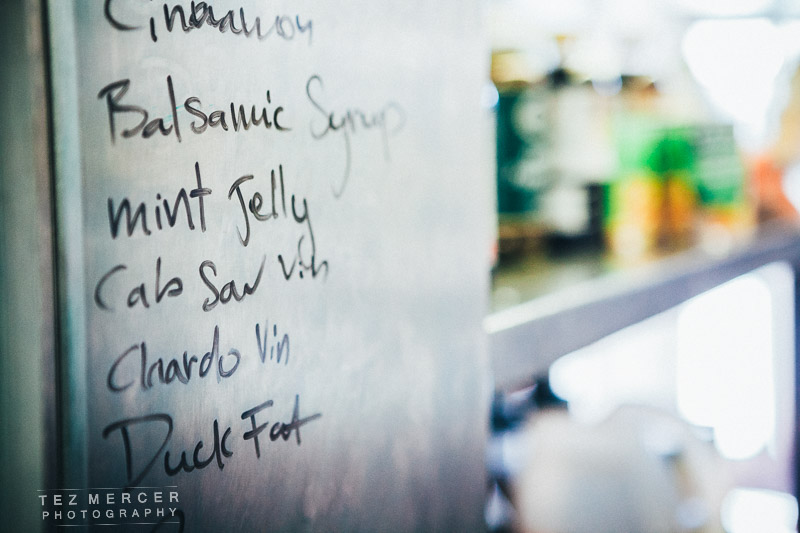
Food.
I had a table set up in the back of the restaurant. My method is to strip the table, set up the gear, then add things back as you need them. It saves working around things you might not want there and means you’re starting from a clean slate and only adding what you need. It’s really handy to have some props around too – things like ramekins of salt, pepper grinders, a stack of napkins, silverware, glasses, some wine in some other glasses, sprigs of rosemary, lemon wedges, that kinda thing. You can add them in the background to tie colours together and/or to fill a gap in the frame but I have this thing about keeping it relevant to the dish. Like why would I shoot a slice of cake with a pepper mill in the back? It doesn’t make sense. Would cream, yoghurt, ice cream or something else be better suited? If in doubt, ask Chef. If it’s a dumb idea they’ll definitely tell you and it’s better to ask a 10 second question than spend 20 minites doing something and have the chef tell you that your prop wouldn’t go with that because x, y, or z… ultimately everyone is on the same side and all working towards making the experience look as good as it can.
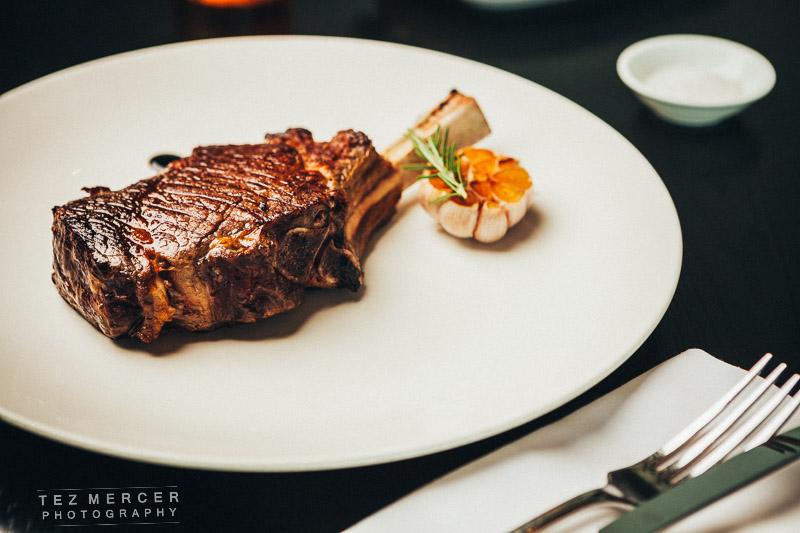


This is watermelon by the way:




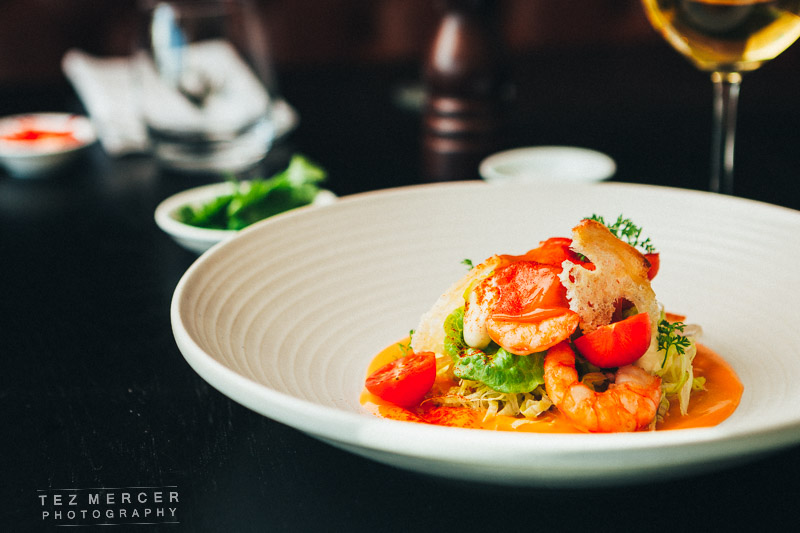
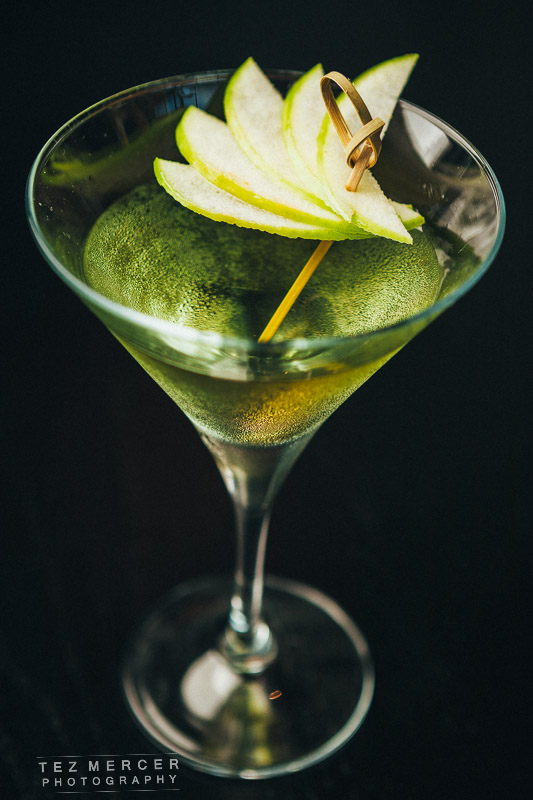


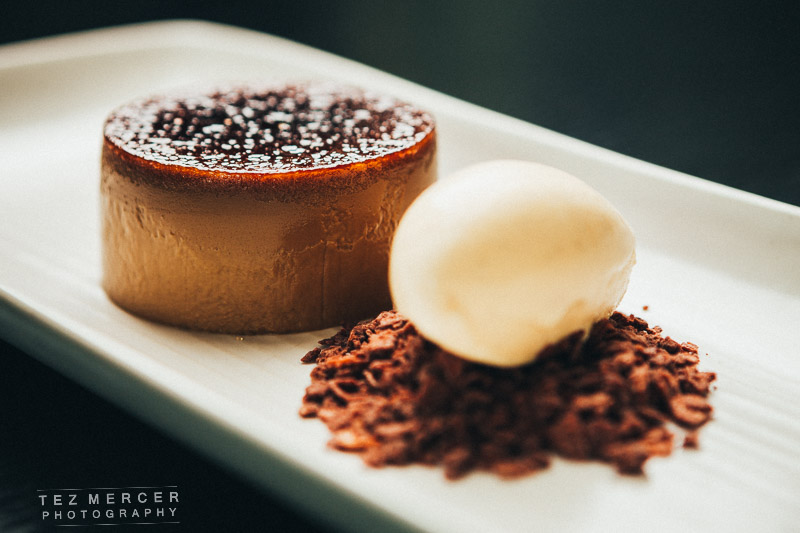
Just realized I write thing blog for photographers or people interested in the craft/work. This blog is written mainly for education, because when I was starting out there wasn’t much in the way of actual info and blogs were just “hey, look at my pretty pictures, aren’t they great?” and great they might be, but how they were shot, or why they were shot using one method over another seemed like Top Secret information. I wanted to just write thing like I was talking to a friend at the bar and breaking it down because there’s no mystery to it, it’s all cause and effect and repeatable.
One day I should probably write something about how I actually get this work in the first place since that, to me, is one of those things that, as a photographer, you’re never ever really told. It’s like if you know your apertures and your background compression and your inverse square rule and the phone starts ringing. It’s like running any other business: if nobody knows you exist, you don’t get hired. If your work or your reputation sucks, you don’t get hired. If you don’t know how to quote and invoice, you won’t get hired. Basically there’s a ton of reasons why you won’t get hired, but there’s also reasons why you can get hired over someone else. That sounds like it was carved from Parmesan but I’m also not entirely wrong. I also digress.
So, back to the photos: I shoot everything long. Like the extreme end of a lens’s zoom range or carrying a long prime (the shortest prime I have is 50mm and I never use it). I like the compression to make things seem a normal size and have normal proportions and you can draw out the bokeh by selecting an aperture that bring what you want into focus and making everything else look pretty. The vast majority of my food is shot at like f/4, or f/3.5 and around 70/85mm to get the compression and the shallow depth of field (which I’ll now call DOF because it’s quicker). Typically around ISO 200, because there’s visually zero difference between 100 and 400 on my camera and 200 saves me a ton of battery power for the lights (since they work half as hard compared to ISO 100).
Speaking of lighting, it’s really really basic: it’s a softbox with an AB800, and sometimes a reflector but generally not because I like showing the roundness of things and if the light is too even things can look a bit too flat for my preference. I have 6 lights if things get really crazy but I love that almost window light look of a single softbox close to the subject. I keep the light close because if it were far away it gets harder and harder, and by that I mean there’s not much distance between light and dark shades, like a midday sun- it’s dark, or it isn’t with little gradation, that’s hard light. The closer you keep the light source the softer the light is, and when we say that we mean there’s a large range of tones between light and dark. I’ve been talking in code for so long I don’t remember it’s code anymore.
But as with all these things, sometimes it might not look as good as another option. This was shot with harder light to get that crisp reflection on top of the steak. It’s horses for courses, but the key is knowing what to do and when to do it.

Then it was off to Harbourside. A note about this place: the chef is an artist. His food is almost a polar opposite of the image above. It’s intricate, layered, kind of unapproachable in the same way you don’t want to get to close to a very expensive vase for fear of ruining it and destroying its beauty. It’s seriously mind-blowing in an almost architectural or sculptural kind of way that food can look like this. It’s still a meal but it’s in the guise of something dainty and delicate with form over flavour, but it looks awesome and tastes great and the ‘wow factor’ is huge. When the beef wellington came out (the second one down with the ring) there were eyes on it from across the room. It’s a spectacle in itself. At other places they’d give you a cut of beef, some pastry, some veg on the side and call it done but this… this is art.
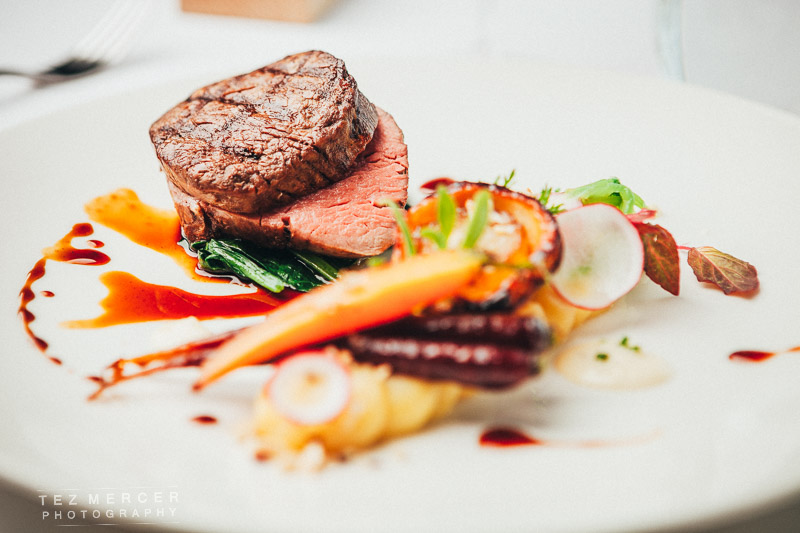


My process here was a little different in the setup. I didn’t want a background or things drawing the eye or blending in. I wanted it simple, clean, almost sparse because the food has enough colour and shape to make an image interesting all by itself. Strip it back and let the food do the talking because there’s nothing really I can add to make the dish look any better.
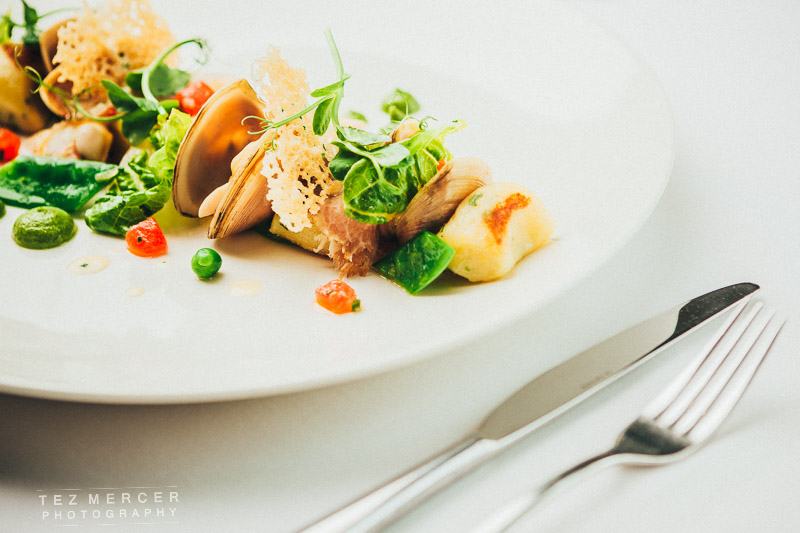
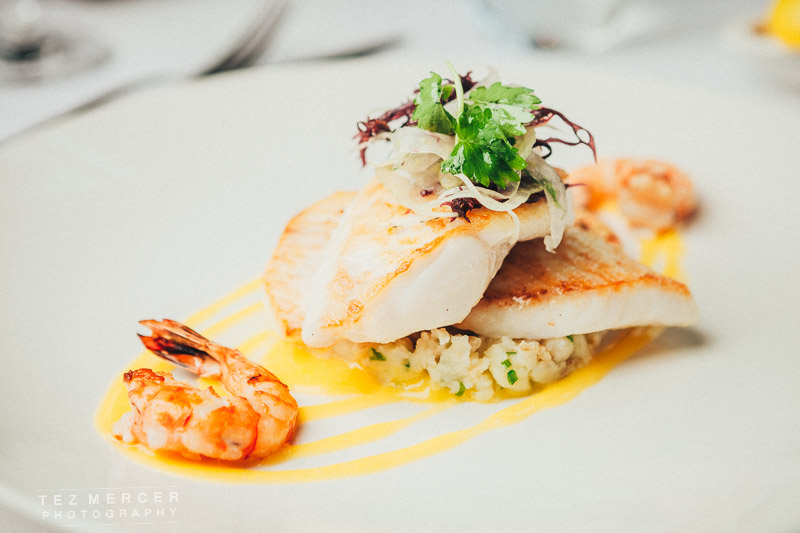
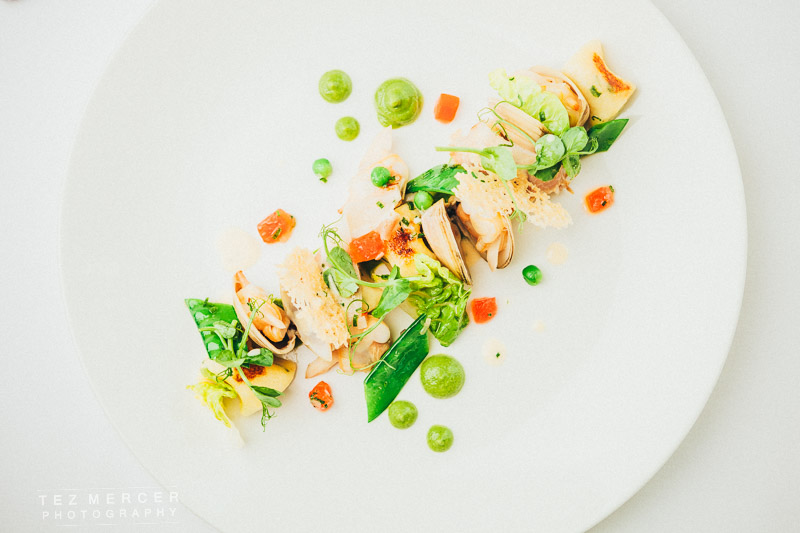
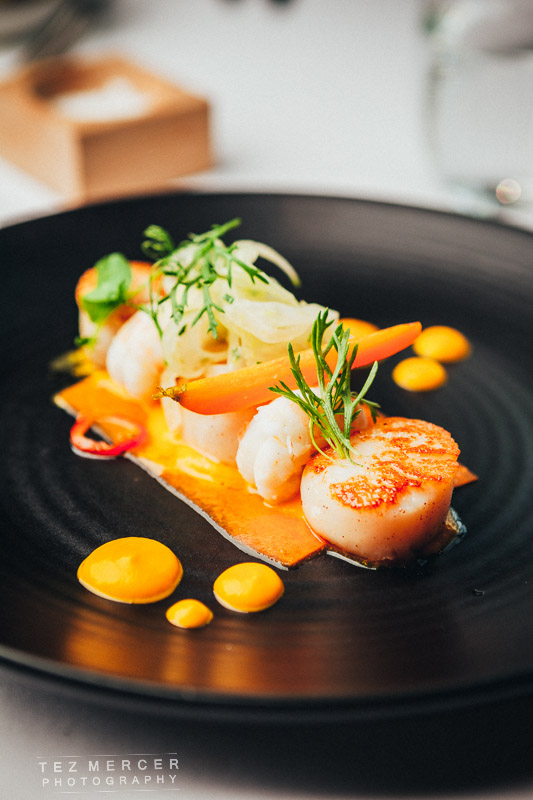
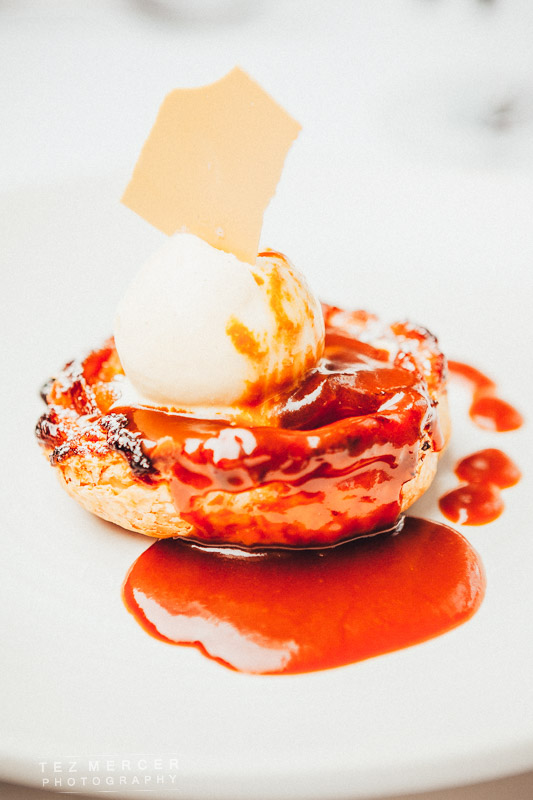
And check this thing out. It was all handmade, including that series of chocolate rings around the thing on top of the other thing.
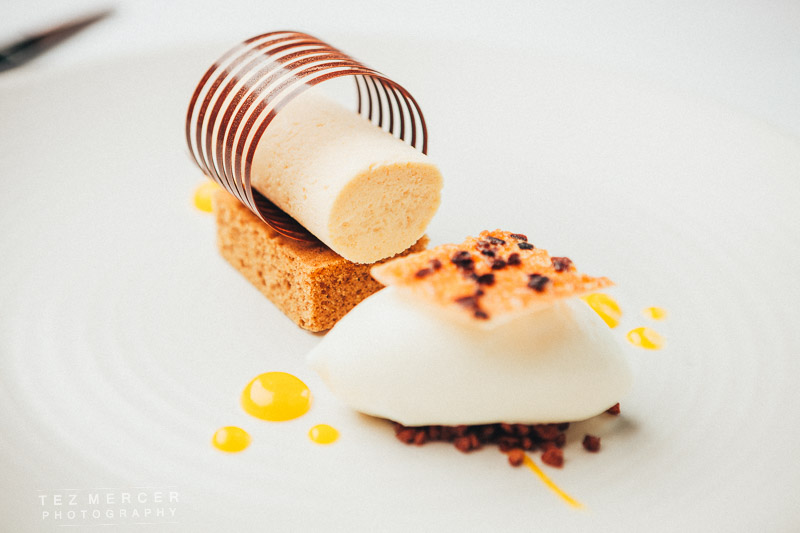
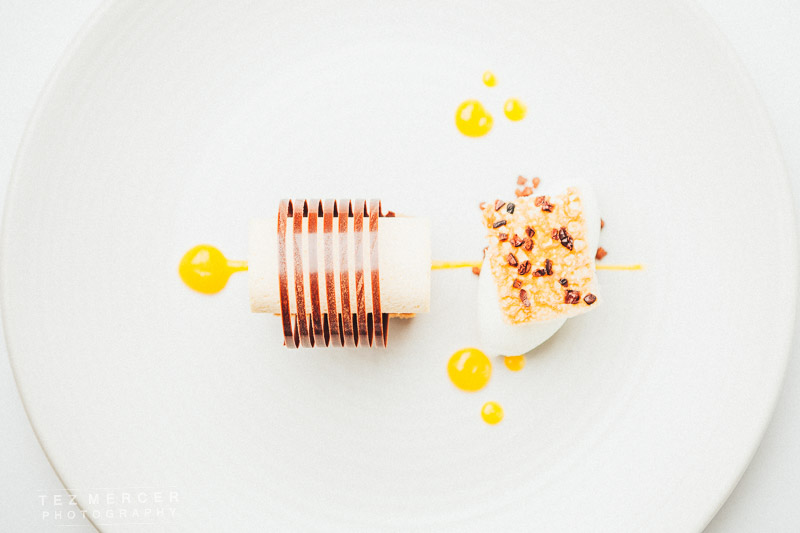


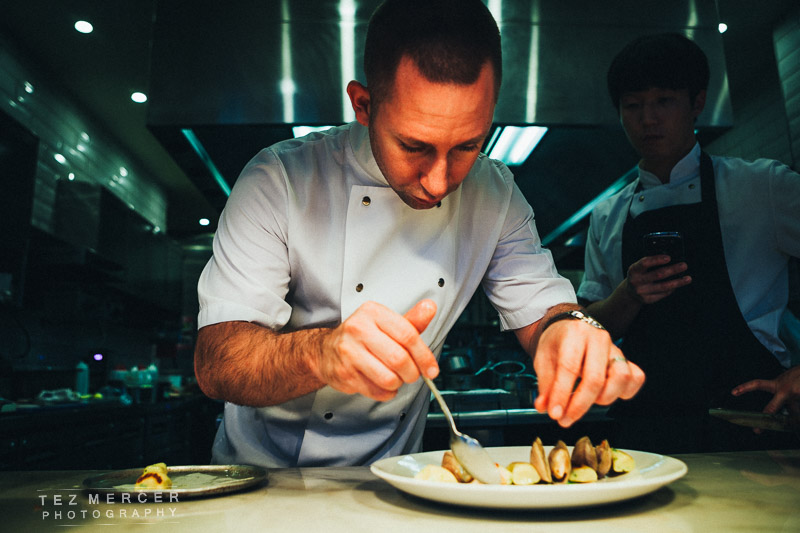

And there’s the chef. Doing his thing. And here’s some of the decking area and interiors.
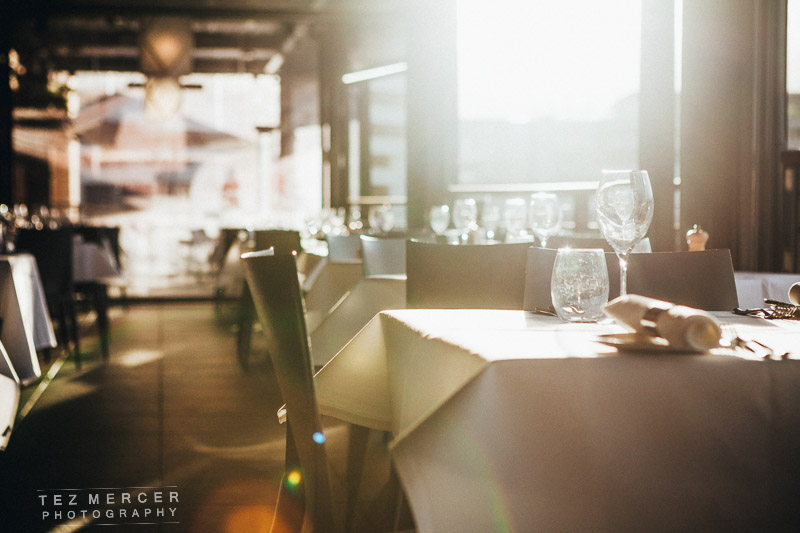
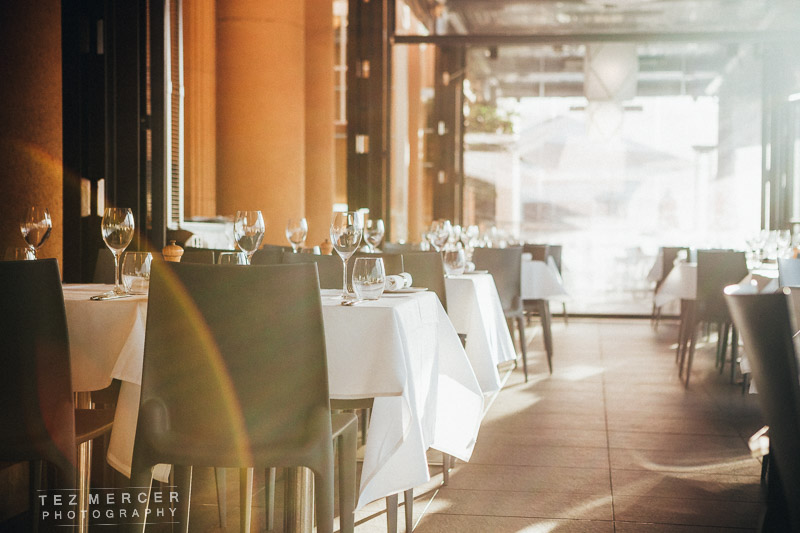
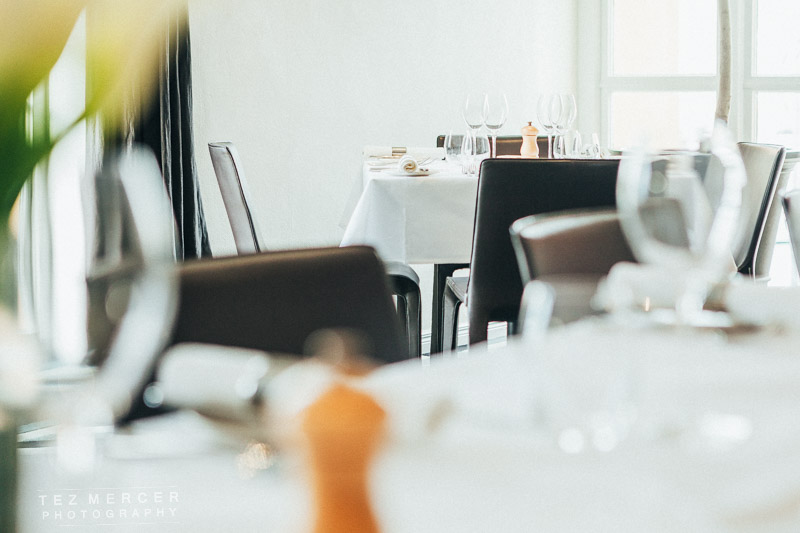

Then it was back to White & Wongs for some supplementary images. This room wasn’t fully finished when I was there last time.


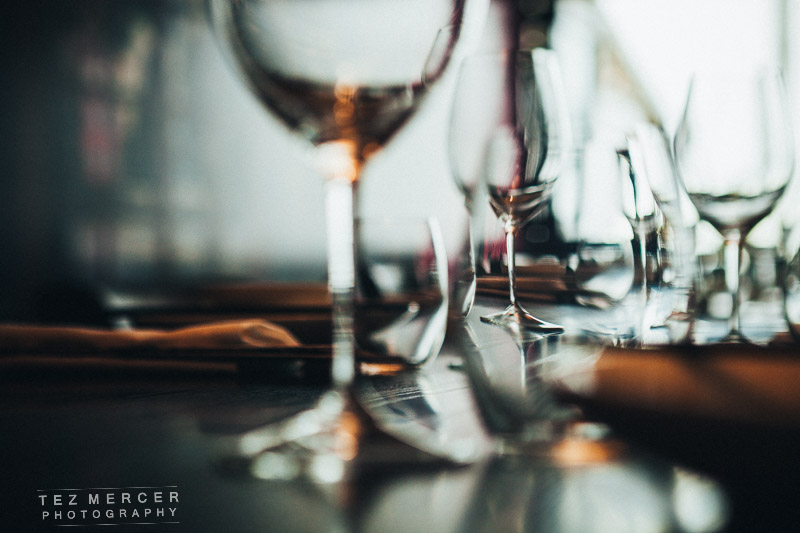





Dumplings. All the extra condiments in the background come with it, the challenge was to arrange and shoot everything in an attractive way. Since I shot a lot of the food last time I had a bit of a lead to go on as this was essentially more of the same, shot so it would blend in with the existing body of work available to the business so I had to reverse engineer my own shots from 2 months ago then do more of it.
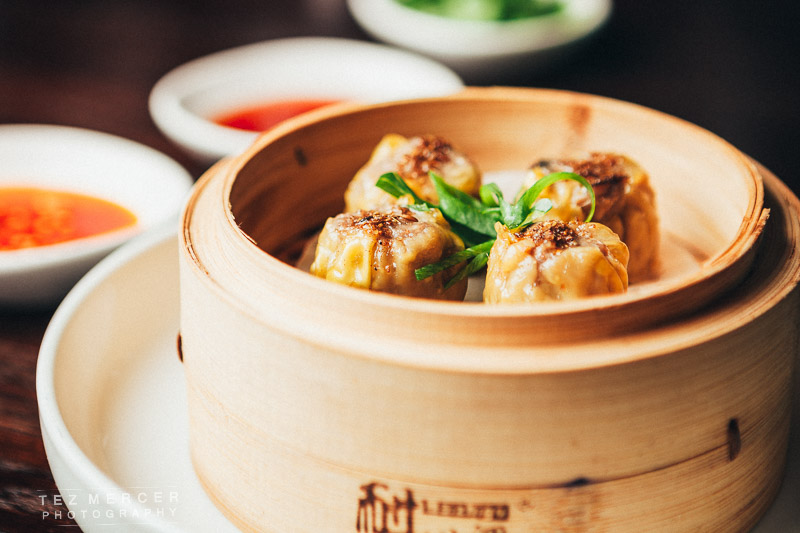
And a quick stop at Burger Boy to shoot some milkshakes.

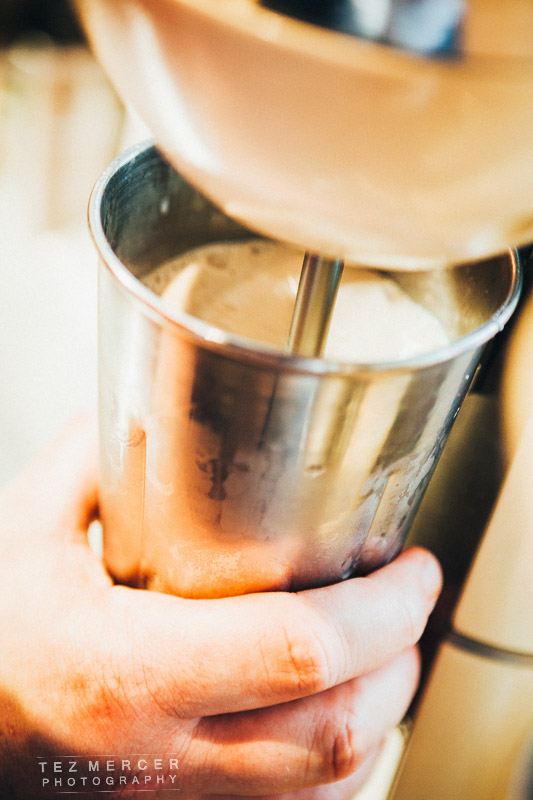
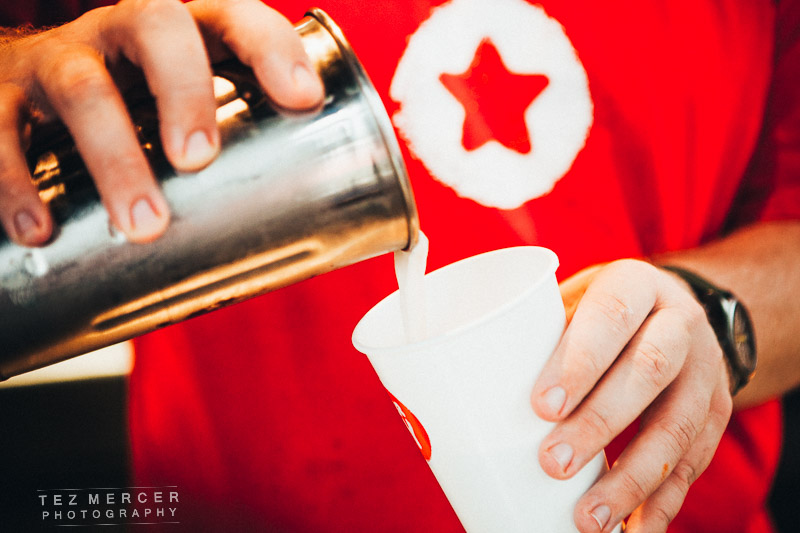
I shot some burgers too.
Then it was off to Sardine to round off the day’s shooting. This was a two fold shoot: one part was shooting cocktails, the other part was the social setting of photographing a group of friends out for an evening. This meant directing a group of friends and also make them comfortable enough with having their picture taken a few times while they were hanging out. I arranged the background and shot at this angle to show the bar, the colours, and get some shots of the staff in the background to add to the ambiance.
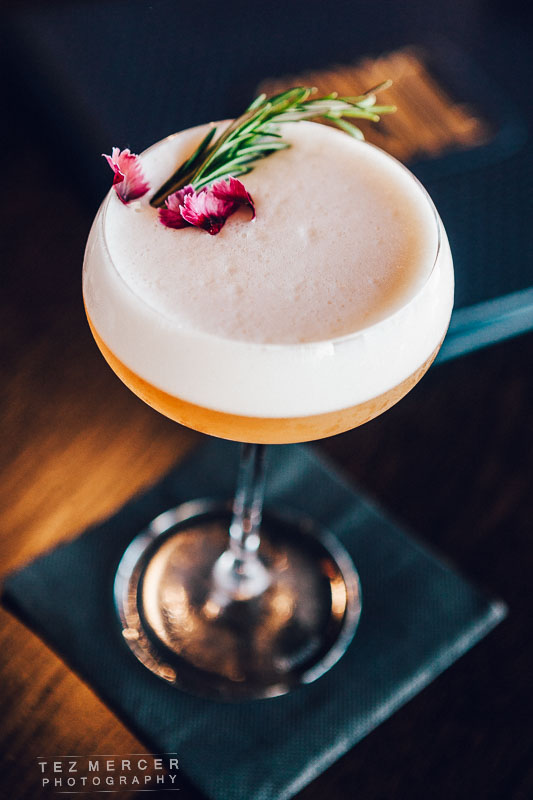
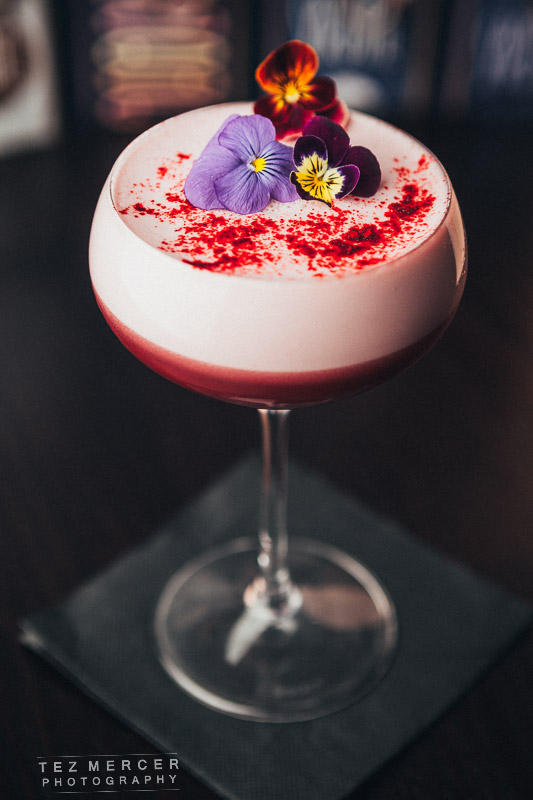

And cue the people. All I asked them to do was smile a lot, laugh a lot, lots of eye contact and be social – share things, clink glasses, that sorta thing. A group of friends hanging out a bar with some food and drinks. Perfect. I didn’t worry too much about keeping the lines straight, I just floated around the table changing the angle slightly because I had the crux of the picture already laid out and knew what I wanted it to say. Then it was get the settings right (ended up being ISO 3200 because it was pitch black outside), checking the white balance and just shooting away. I didn’t want extra lighting so before I began shooting I moved the table to under a light so make it easier for me to get the lighting I needed to make the shots work.






This image is grabbed from a set from inside White & Wongs. It’s one of those shots which sets a scene, tells a message to the viewer and that’s basically the whole story. You’re putting people in a scene, or in a setting, or somewhere they’d like to be. It’s social, not massively formal, close, warm, good food with good people. I’d call this one a success.

A busy day indeed. I got home at 11pm, edited the images the next day and the client had them by 4pm that afternoon at full res and good to go.
Onto the next one.